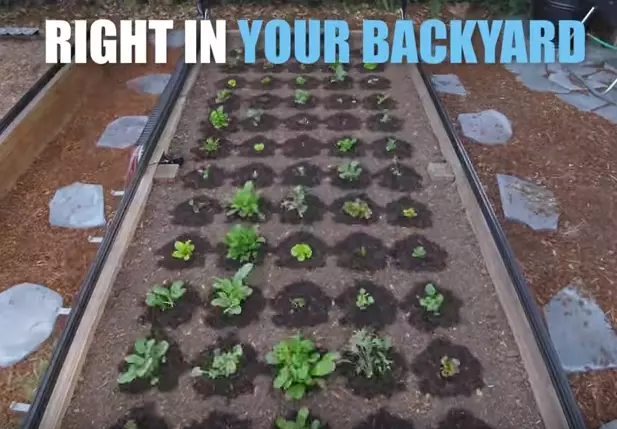

OLEDs typically have a better contrast ratio compared to traditional LCDs.On OLED displays, each individual pixel own lighting which allows the screen to have granular control over, which pixel is supposed to show lighter and which one is not.However due to this, when one pixel is supposed to show a bright colour, like white, and the pixel next to it is supposed to show a dark colour like black, the single backlight ends up throwing some extra light meant for the white pixel on the adjacent black pixel as well, preventing the dark pixel from showing a true pitch-black colour.The matrix selectively blocks out certain parts of the backlight to produce contrast on the individual pixels.However, the contrast is controlled by something called an LCD matrix.A traditional LCD display consists of a single backlight that throws light on screen.That is also likely why most of us will not be using Micro-LED TVs in our homes anytime soon.Making even a fairly small Micro-LED panel incurs a lot of cost because of the super-precise construction.Micro-LEDs - While OLED panels already cost more than LCD panels, Micro-LEDs take that cost up way higher for this very reason.They bring the contrast of OLED panels and are set to be much easier and cheaper to make than OLED displays.Mini-LEDs are essentially the best of both worlds between traditional LCDs and OLED panels.Sitting behind the LCD matrix, they offer granular control over light intensity and hence a better contrast ratio.Mini-LED technology - Mini-LEDs are essentially very small LEDs (around 0.2 millimetres in size or a bit smaller) that collectively produce the backlight on LCD display panels.Edge Computing is the technology enabling IoT ,where ,it brings computation and data storage closer to the devices where it’s being gathered, rather than relying on a central location that can be thousands of miles away.It prevents unauthorized people from eavesdropping on the traffic and allows the user to conduct work remotely.The encrypted connection helps ensure that sensitive data is safely transmitted.

A virtual private network, or VPN, is an encrypted connection over the Internet from a device to a network.Thus the given application is done through machine learning.


This project is a collaboration between Georgia Institute of Technology and Atlanta's independent food community, rogueApron. What happens when two groups who have never talked before share conversation space? What ideas grow out of that generative process? What processes of guidance and mediation guide disparate individuals, communities, and specialized knowledge holders to fruitful imaginations of how technology can impact community? How best can we focus this conversation space towards a specific goal: speculation regarding DIY small-scale robotics technologies and their impact on local organic farming systems?


 0 kommentar(er)
0 kommentar(er)
